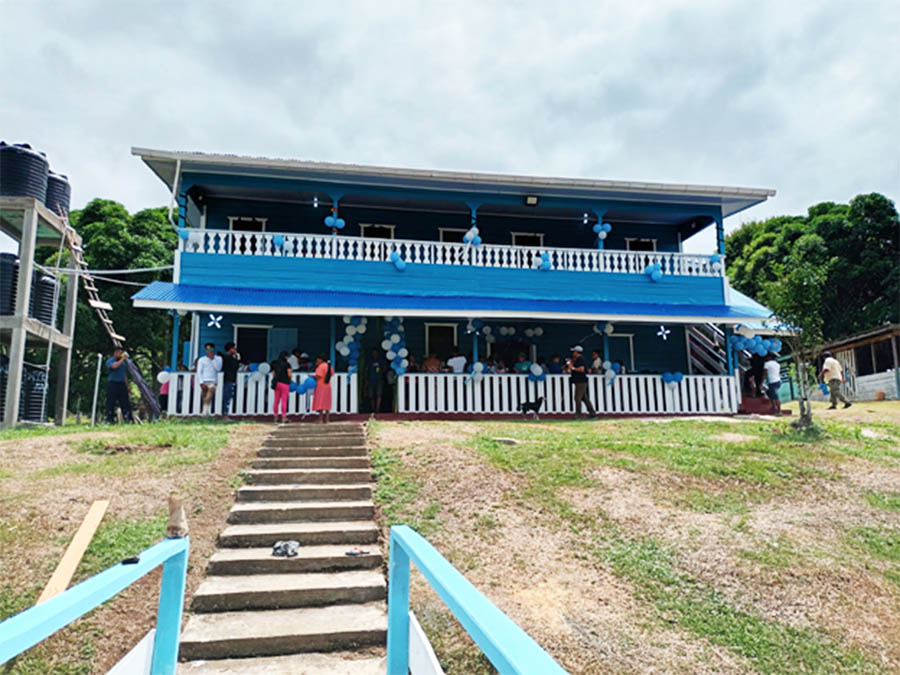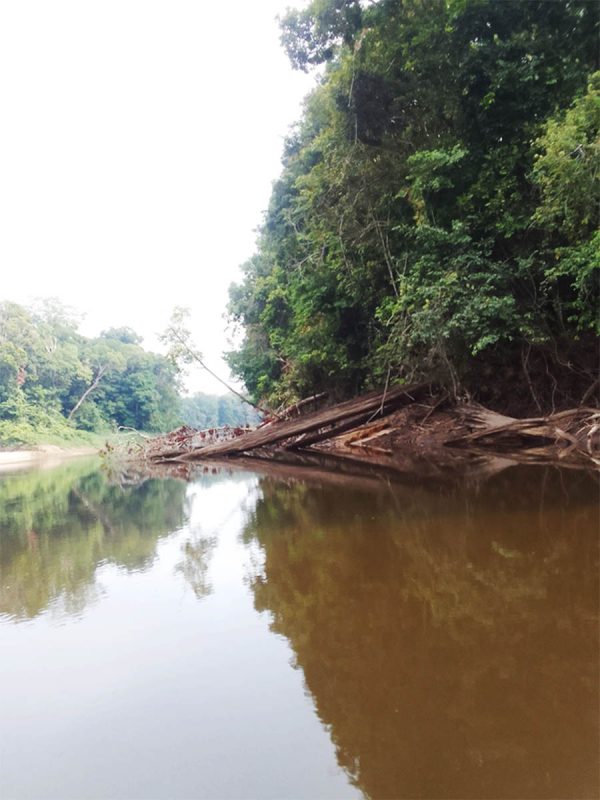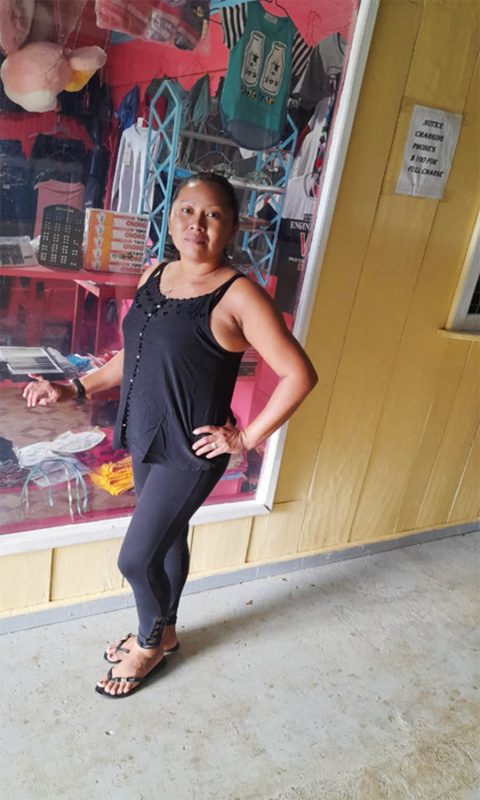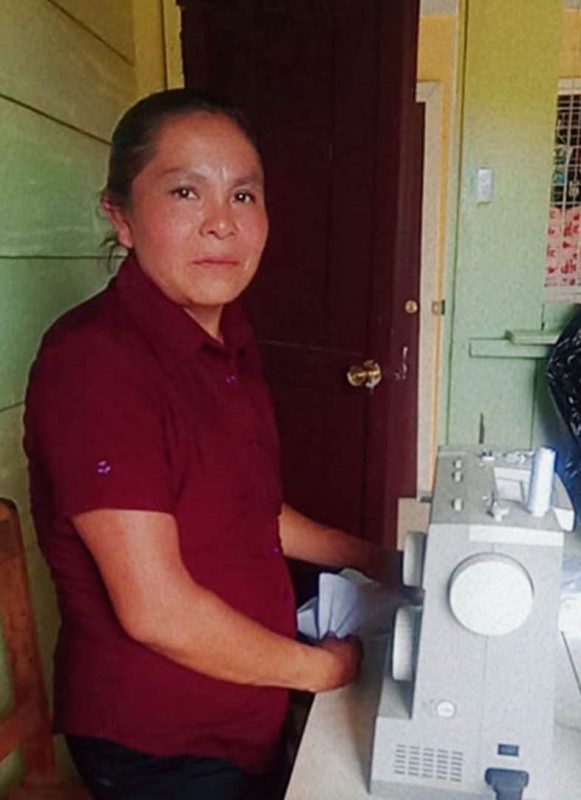On the far too few occasions when Kamarang gets a mention in the mainstream media, those references, rarely, if ever, suitably contextualize the significance of the community. Located at the confluence of the Kamarang and Upper Mazaruni rivers, Kamarang is an Amerindian village, arguably, less well known to the wider Guyana community than other more frequently talked about interior communities. That said, the natural beauty of Kamarang holds its own in terms of its unique offerings to interior lovers, its splendid greenery, rugged terrain and attractive, rolling rivers making it a tourist haven that is yet to secure its merited official attention. The Stabroek Business’ recent visit to Kamarang had been influenced by one of those flashes of awareness that we, the media, that is, are, perhaps, doing a less than merited job in our coverage of interior communities.
The constraints are patently obvious though, in an era when, globally, and more particularly in South America, there is an increasing emphasis of drawing attention to interior communities, we have to continue to look for ways of turning that situation around. Here, it is not just a question of opening up our country to the global glare. It is also harnessing what we have to offer, beyond oil, to grow Guyana. The natural beauty of places like Kamarang, not least, what its natural environment has to offer, cannot be justifiably ignored if we are to make a complete case for Guyana’s potential as a tourist destination. The Kamarang Great Falls stands at the helm of an impressive assortment of places to see, so that even as we immerse ourselves in pursuit of a wider, development thrust that now focuses overwhelmingly on our petro resources, it would be an unpardonable ‘sin’ to ignore the potential of Kamarang (and a host of other interior communities) as a visitor destination that can promote Guyana globally while becoming income-generating assets that can be pumped back into the development of those communities.
Much of Kamarang’s ‘visitor value’ reposes in its ‘God-given’ natural ‘blessings… like the Kamarang Great Falls and the various other tourism-friendly offerings terrain that is tailor-made for mountain-climbing. The Stabroek Business had gone to Kamarang, courtesy of a negotiated ‘free ride’ and, once we got there, a chaperone. Once we arrived there it quickly occurred to us that Kamarangt is one of those ‘quiet ones,’ fit for visitors seeking a hinterland experience that takes you far from the maddening crowd and into a condition of pleasing remoteness. Kamarang is also one of those interior communities that offers generous encounters with the customs and traditions of the host community. The community is home to a bewildering array sights, sounds and wider experiences that are bound to appeal to a global tourism industry which, we are told, is increasingly drawn to interior and wildlife experiences. Bird watchers, one feels, are almost certain to ‘take to’ Kamarang like proverbial ‘ducks to water.’
Coastlanders get to Kamarang by air. In a sense, the gap between what the community has to offer and the extent to which outsiders take advantage of those offerings serves as a stark reminder that, at the level of government, we are still considerably ‘off the pace’ insofar as developing a worthwhile nature-based tourism industry is concerned. Without wishing to appear overly critical, it is evident that the local Tourism Ministry is still considerably behind the eight ball. Kamarang accommodates an area called ‘the Government Compound’ where a few concessions to a coastal experience can be found. We wandered into ‘the compound’ specifically to explore the possibility of access to the internet service. DIGICEL is the entity that provides an internet service to the Upper Mazaruni. It is a less than enduringly reliable service but when you are ‘stuck’ in remote hinterland communities it becomes a matter of ‘making do.’ A woman who must have recognized our futile attempts to secure the internet service recommended that we “try again after midnight.”
Inside a pink building that appeared to specialize in ‘coastal offerings’, I encountered Rose Baretto. Rose operates a Nail Salon and Variety Stall under the trading name, Rose’s Beauty World. Her Stall offers a range of goods and services that includes beauty care, cosmetics and fashion clothing, her choice of stock sending a more than subtle message that, where beauty and fashion are concerned, the women of Kamarang are not being left behind. The Business Centre, comprising eight stalls, had been built by the Kamarang/Warawatta Village Council during the period of the COVID 19 pandemic. The facility houses a Stationery Stall, a Dressmaking Service, a Barber Shop and a Copy Centre. The stalls, in most instances, have served to enable first-time entries into entrepreneurship to hit the ground, running. It will take much more than the modest attempts of media houses to draw the attention of the coastal communities and, equally significantly, the wider international community, to what Kamarang (and other interior communities) have to offer.
The wider oil and gas-driven transformation which is envisaged has to include a suitably resourced and mandated Ministry of Tourism tasked with both creating an enabling environment. That assignment has to be tackled in earnest and ‘seen through’ to finality.













